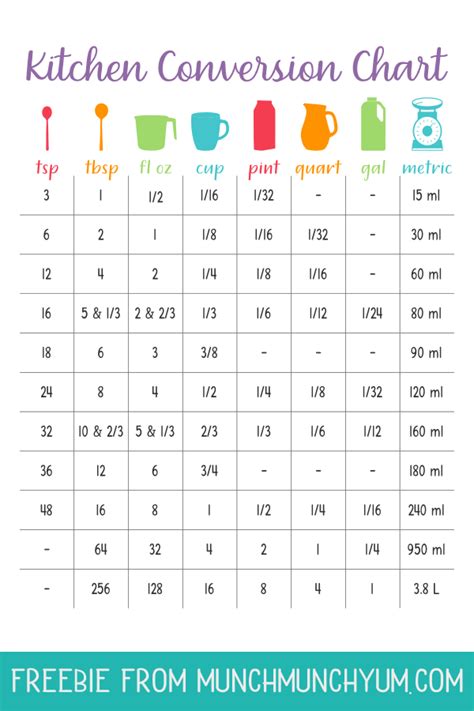How Much Is 4 6 Quarts
Kalali
Apr 02, 2025 · 4 min read

Table of Contents
How Much is 4.6 Quarts? A Deep Dive into Volume Conversions and Practical Applications
Understanding volume measurements is crucial in various aspects of life, from cooking and baking to industrial processes and scientific experiments. This article delves into the question, "How much is 4.6 quarts?", exploring its equivalent in different units, practical applications, and providing helpful conversion tips. We'll also uncover the fascinating history of liquid measurement and offer insightful examples to solidify your understanding.
Understanding Quarts and Their Significance
The quart is a unit of volume in the US customary and imperial systems of measurement. While similar, slight differences exist between the US liquid quart and the imperial quart. This article focuses primarily on the US liquid quart. One US liquid quart is equal to 0.946353 liters. Understanding this basic conversion is key to all subsequent calculations.
Why is Knowing Quart Conversions Important?
The importance of understanding quart conversions extends across many domains:
- Cooking and Baking: Recipes often specify ingredients in quarts, pints, cups, etc. Accurate conversions are essential for successful results.
- Home Improvement: When dealing with liquids like paint or sealant, understanding quart volumes is vital for estimating the quantity needed for a project.
- Science and Industry: Many scientific experiments and industrial processes involve precise measurements of liquids, making quart conversions a necessity.
- Everyday Life: From buying milk to measuring liquids for cleaning solutions, familiarity with quarts helps in making informed purchasing decisions and ensures efficient use of resources.
Calculating the Volume of 4.6 Quarts
Now, let's address the central question: how much is 4.6 quarts? To understand this fully, we need to convert it into other commonly used units.
Conversion to Liters
As mentioned earlier, 1 US liquid quart equals 0.946353 liters. Therefore, 4.6 quarts is:
4.6 quarts * 0.946353 liters/quart ≈ 4.35 liters
This is a fundamental conversion, useful for international comparisons and scientific applications.
Conversion to Pints
One quart equals two pints. Therefore, 4.6 quarts is:
4.6 quarts * 2 pints/quart = 9.2 pints
Conversion to Cups
One quart equals four cups. Therefore, 4.6 quarts is:
4.6 quarts * 4 cups/quart = 18.4 cups
Conversion to Fluid Ounces
One quart equals 32 fluid ounces. Therefore, 4.6 quarts is:
4.6 quarts * 32 fluid ounces/quart = 147.2 fluid ounces
Conversion to Gallons
One gallon equals four quarts. Therefore, 4.6 quarts is:
4.6 quarts / 4 quarts/gallon = 1.15 gallons
Practical Applications of 4.6 Quarts
Understanding the volume represented by 4.6 quarts helps in various real-world scenarios. Let's explore some examples:
Cooking and Baking:
Imagine a recipe requiring 4.6 quarts of a particular liquid ingredient. Knowing its equivalent in pints, cups, or fluid ounces allows for easier measurement using commonly available kitchen tools. For instance, you could use a 18.4 cup measuring cup, two 2-quart containers and a 1.6-quart container and a smaller one to precisely measure 4.6 quarts .
Home Improvement Projects:
Consider a home improvement project requiring 4.6 quarts of paint. Knowing the equivalent volume in liters (approximately 4.35 liters) or gallons (approximately 1.15 gallons) will help you choose the appropriate paint containers from the store. This will prevent buying excessive or insufficient quantities.
Scientific Experiments:
In laboratories, precise volume measurements are crucial. If a chemical reaction requires 4.6 quarts of a solution, converting it into liters ensures accurate dispensing.
A Brief History of Liquid Measurement:
The evolution of liquid measurement systems is fascinating. Early civilizations relied on rudimentary methods, often using containers of arbitrary sizes. Standardization emerged gradually, with different regions developing their own systems. The systems we use today, like the US customary and imperial systems, evolved over centuries, reflecting advancements in trade, science, and technology. The quest for consistent and accurate measurement has always been driven by practical needs.
Tips for Accurate Volume Conversion:
- Use a reliable conversion chart or calculator: Online resources and conversion tools offer accurate and quick conversions.
- Understand the difference between US and imperial units: Ensure you are using the correct conversion factor based on the system you are working with.
- Double-check your calculations: Always verify your calculations to minimize errors, particularly when dealing with critical applications.
- Use appropriate measuring tools: Employ accurate measuring tools like graduated cylinders, beakers, or measuring cups to ensure precise liquid measurements.
Conclusion: Mastering Volume Conversions for a Smoother Life
Understanding the volume of 4.6 quarts and its conversions to other units is a valuable skill. Whether you're baking a cake, tackling a home improvement project, or conducting a scientific experiment, accurate volume measurements are essential. This article has provided a comprehensive overview of 4.6 quarts, its conversions, practical applications, and historical context, empowering you to handle volume conversions with confidence and accuracy. Remember to always double-check your calculations and use appropriate measuring tools to ensure precision in your endeavors. Mastering these skills will not only improve your efficiency but also help you achieve better results in numerous aspects of your daily life.
Latest Posts
Latest Posts
-
Cuanto Es 72 Grados Fahrenheit En Centigrados
Apr 03, 2025
-
How Many Pints In 50 Gallons
Apr 03, 2025
-
How Many Feet In 12 Inches
Apr 03, 2025
-
What Is 20 Percent Of 140
Apr 03, 2025
-
What Is The Waste Product Of Photosynthesis
Apr 03, 2025
Related Post
Thank you for visiting our website which covers about How Much Is 4 6 Quarts . We hope the information provided has been useful to you. Feel free to contact us if you have any questions or need further assistance. See you next time and don't miss to bookmark.
